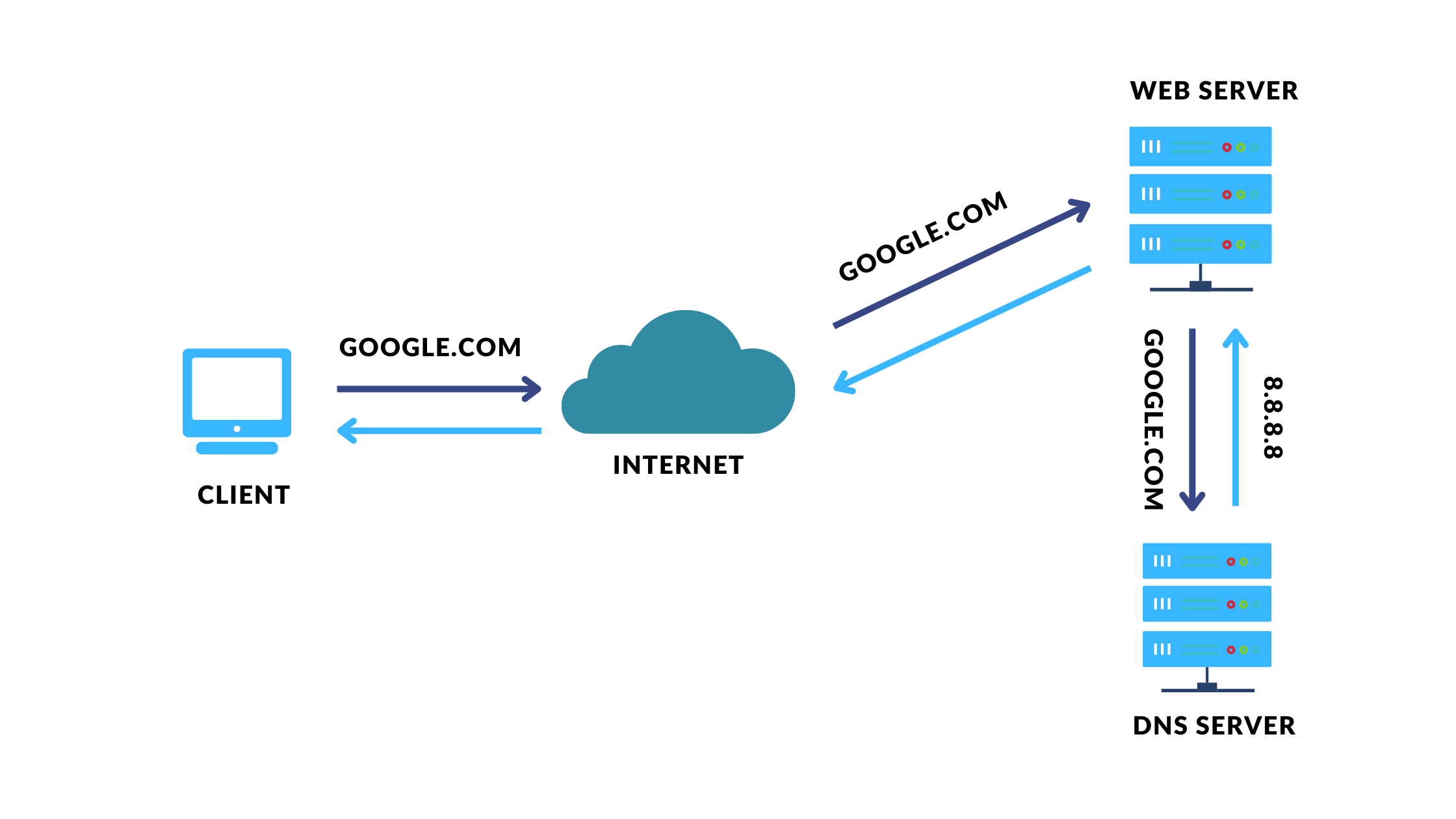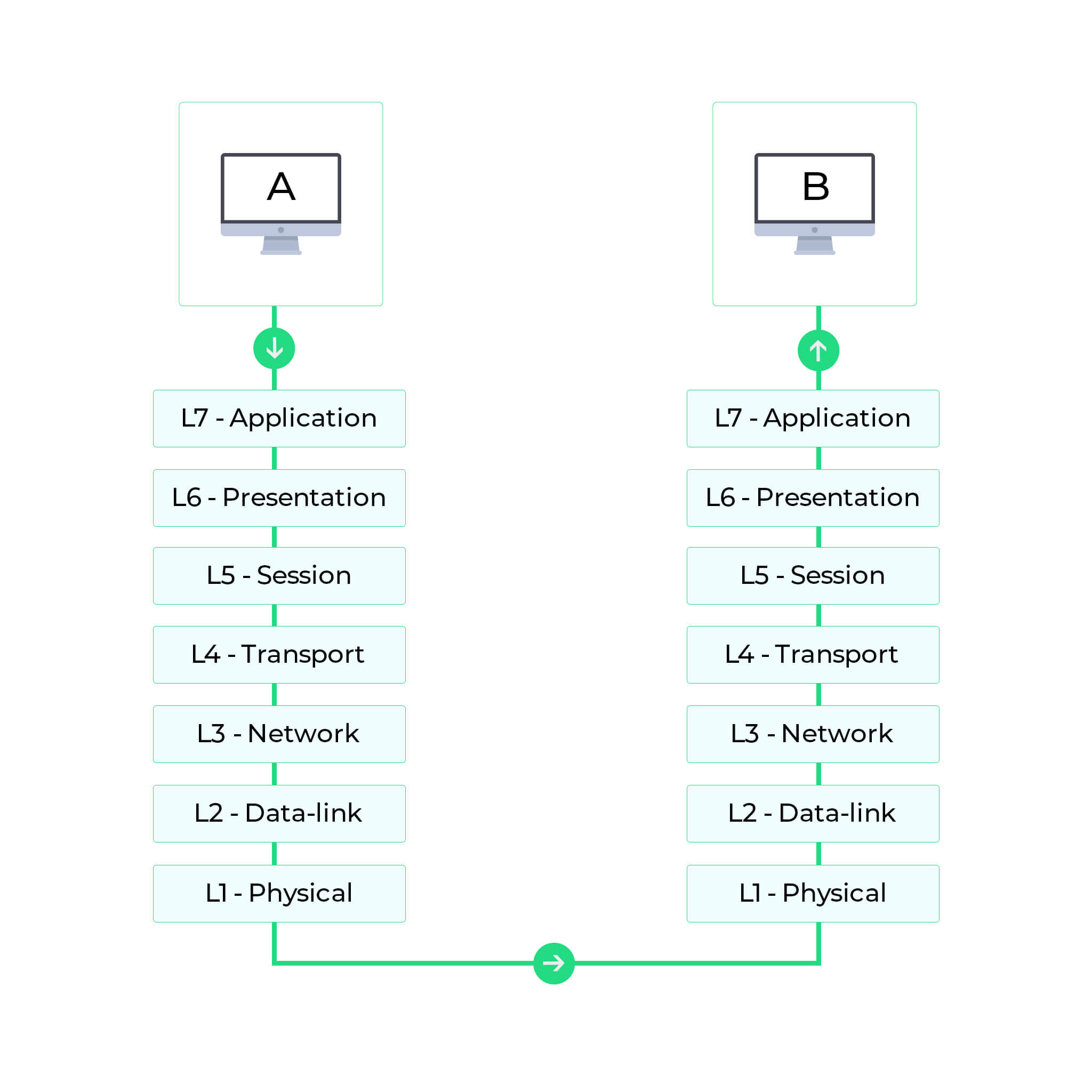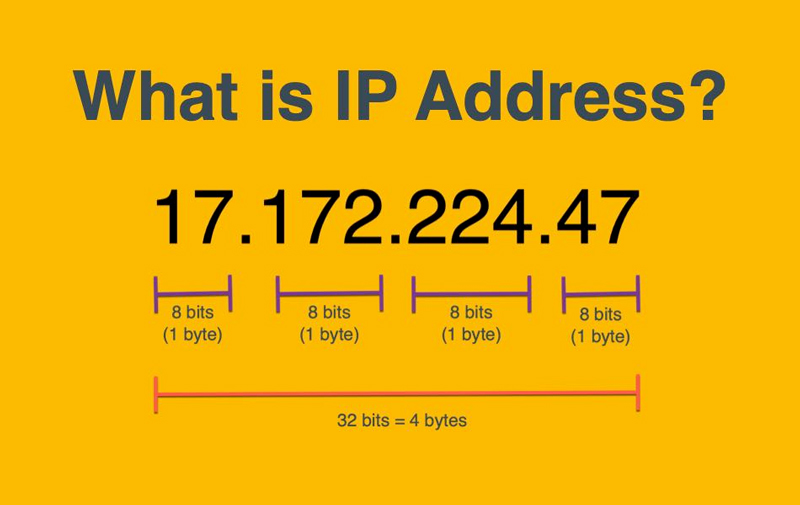
The Internet : How It Works and Why It Matters
Internet is a vast network that connect billions of devices around the world.
The internet is a global network of interconnected computer and servers.
Key Components of the Internet
Clients: Device that request data.
Servers: Deliver data to clients.
Network Hardware: Facilitate data transmission.
Protocols: Rules for data transmission.

How Data Travels📡
Request: browser sent a request to the server.
Routing: request is routing through various devices.
Response: Server processes the request and sends back the requested data.
Rendering: Render the content and display on screen.

Domains and IP Addresses
Each device have unique IP addresses in internet (e.g., 192.168.1.1).
To make IP addresses human readable , Domain Name System (DNS) translate domains names (e.g., google.com) into IP addresses.
Key Protocols
HTTP/HTTP: Rules or Protocols for transferring web pages.
TCP/IP: Ensures data packets are sent, received, and reassembled correctly.
FTP: Used for transferring files.
SMAP/IMAP: Used for sending and receiving mails.
Infrastructure
ISP(Internet Service Providers): Provide internet access to homes and applications.
Data Centers: Store and manage large amount of data.
Undersea Cables: Fiber-optic cables laid on the ocean floor connect continents.
How Security Works 🔒
Encryption: HTTPS secures data transmission between your browser and servers.
Firewalls: Protect networks from unauthorized access.
Authentication: Confirms the identity of users and systems.
Roles of the Cloud ☁️
Cloud services allow data and applications to be accessed remotely , stored in massive farms, and
scaled dynamically.

From Browser to Server: The Journey of Your Data 💻 <——>🗄️
The phrase "From Browser to Server: The Journey of Your Data" describes the process of how information flows when a user interacts with a website. Here's a breakdown of this journey:
User Interaction
- Journey begins when user types a URL in the browser or interacts with the webpage.
Browser Sends an HTTP Request
browser translate the user action into http request
This request includes:
URL: Specifies the destination
Methods: The action to performs
Headers: Metadata about the request
Body: Data send in the request
DNS Lookup
The browser needs the IP address of the server hosting the website.
It performs a DND (Domain Name System) lookup , which translate the human -readable domain into IP address

Establishing a Connection
The browser establishes a connection with the server using.
TCP/IP: Ensure data transfer.
TLS/SSL(if HTTPS): Encrypts data for secure communication.

Server Receives the Request
The server hosting the website processes the request. It:
Identifies the requested resource (e.g., a webpage, image, or API).
Executes server-side logic (e.g., retrieving data from a database, running scripts).
Server Sends an HTTP Response
The server sends back an HTTP response to the browser. This includes:
Status Code: Indicates the result (e.g.,
200 OK,404 Not Found).Headers: Metadata about the response (e.g., content type, caching instructions).
Body: The actual content (e.g., HTML, JSON, an image).
Browser Processes the Response
The browser interprets the response:
HTML: Structures the page.
CSS: Styles the content.
JavaScript: Adds interactivity.
Media: Displays images, videos, etc.
Rendering the Page
The browser renders the page for the user, combining:
Content from the server.
Additional resources (e.g., images, scripts, stylesheets).
Cached data to improve performance.
Additional Requests
- If the initial response references other resources (e.g., images, scripts), the browser makes additional HTTP requests to fetch them.
User Interaction Feedback
- The cycle repeats for every user interaction that triggers new requests (e.g., submitting forms, navigating to new pages).
Breaking Down the World Wide Web : A Beginner 's Guide 🌐
The World Wide Web (WWW) is an integral part of our daily lives, but its underlying structure can seem complex to a beginner. Here's a beginner-friendly breakdown of the key components and concepts:
What is the World Wide Web?
The WWW is a system of interconnected documents and resources that can be accessed via the internet.
It's not the internet itself but a service that runs on the internet, using technologies like HTTP, HTML, and URLs.

Key Components of the Web
Websites and Web Pages
Website: A collection of related web pages grouped under a domain (e.g.,
example.com).Web Page: A single document on the web, written in HTML and often styled with CSS and powered by JavaScript.
URLs (Uniform Resource Locators)
A URL is the address of a web resource (e.g.,
https://www.example.com/page).Protocol: Indicates how to access the resource (
httporhttps).Domain: The website's name (
example.com).Path: Specifies the resource on the server (
/page).
Web Browser
A browser is software that lets users access and view websites (e.g., Chrome, Firefox).
It processes code (HTML, CSS, JavaScript) and displays it as interactive content.

Web Server
A server hosts websites and delivers content to users.
When you request a page, the server sends the data your browser needs to render it.
Protocols
HTTP/HTTPS: Protocols that define how data is transferred between browsers and servers.
- HTTPS includes encryption for security.
DNS: Translates domain names into IP addresses.

How Does the Web Work?
You enter a URL: The browser sends a request to a web server using the HTTP protocol.
DNS Lookup: The domain name is converted into an IP address to locate the server.
Server responds: The server sends back the requested content (HTML, images, etc.).
Browser displays content: The browser renders the content for the user to interact with.
Building Blocks of the Web

a. HTML (Hyper Text Markup Language)
The backbone of a webpage.
Structures content using elements like
<h1>for headings,<p>for paragraphs, and<a>for links.
b. CSS (Cascading Style Sheets)
- Styles the appearance of web pages (e.g., colors, layouts, fonts).
c. JavaScript
- Adds interactivity to web pages (e.g., form validation, animations, dynamic content).
d. Web Hosting
- Websites are stored on web servers, which can be hosted by individuals or companies.
e. Web Development
Frontend: What users see and interact with (HTML, CSS, JavaScript).
Backend: Behind-the-scenes operations (databases, server logic).
5. The Role of Search Engines
Search engines like Google index web pages to make them easily searchable.
They use algorithms to rank pages based on relevance and quality.
6. Security on the Web
Websites use HTTPS (secured with SSL/TLS) to encrypt data.
Browsers warn users about unsecured or malicious sites.
7. Emerging Trends
Web 2.0: User-generated content, social media, and interactivity.
Web 3.0: Decentralization, blockchain, and AI-driven experiences.

Understanding the Backbone of the Internet: IP address , Domain names , and routing
Understanding the Backbone of the Internet: IP Addresses, Domain Names, and Routing
The internet is a vast network of interconnected devices. To ensure these devices can communicate efficiently, they rely on key technologies like IP addresses, domain names, and routing. Here’s a beginner-friendly breakdown:
1. IP Addresses: The Internet's Addressing System
An IP address (Internet Protocol address) is a unique identifier for devices on a network. It works like a digital address, ensuring data reaches the correct destination.

Types of IP Addresses
IPv4 (Internet Protocol version 4):
Format:
192.168.1.1(four numbers, each between 0-255).Limited to ~4.3 billion unique addresses.
Still widely used but running out of available addresses.
IPv6 (Internet Protocol version 6):
Format:
2001:0db8:85a3:0000:0000:8a2e:0370:7334.Provides a nearly limitless number of addresses (340 undecillion).
Designed to replace IPv4 and accommodate future growth.
Role of IP Addresses
Identifies devices (computers, smartphones, servers).
Ensures data packets are sent to the right place.
2. Domain Names: The Internet’s User-Friendly Labels
Typing an IP address to visit a website is impractical. Instead, we use domain names, which are human-readable text representations of IP addresses.
How Domain Names Work
Example:
IP address:
192.0.2.1Domain name:
example.com
Parts of a Domain Name
Top-Level Domain (TLD): The suffix (e.g.,
.com,.org,.edu).Second-Level Domain: The main name (e.g.,
example).Subdomain (optional): Precedes the main domain (e.g.,
blog.example.com).
DNS (Domain Name System)
The DNS acts like a phonebook for the internet, converting domain names into IP addresses.
When you type
example.com, the DNS finds the corresponding IP address and directs your request.
3. Routing: How Data Travels Across the Internet
Routing ensures data packets travel efficiently from the sender to the recipient. This involves a series of routers and networks working together.

How Routing Works
Data is broken into packets.
Each packet is tagged with the destination IP address.
Routers examine the destination address and forward packets through the optimal path.
Packets reassemble at the destination device.
Routing Key Concepts
Hops: Each router or network a packet passes through is a "hop."
Routing Tables: Routers maintain tables to determine the best path for forwarding packets.
Protocols: Common routing protocols include BGP (Border Gateway Protocol) and OSPF (Open Shortest Path First).
Traceroute
- A tool that tracks the path packets take, showing each hop along the way.
4. How They Work Together
You enter a domain name (e.g.,
www.example.com).The browser sends the domain name to the DNS, which returns the corresponding IP address.
The IP address is used to locate the destination device or server.
Routing determines the best path for packets to travel to the server.
The server processes the request and sends data back to your device via the same routing process.
5. Why These Are Critical
IP Addresses: Ensure devices can be uniquely identified.
Domain Names: Simplify user interactions with the internet.
Routing: Enables efficient and reliable data transfer across the globe.
List of Root Servers
